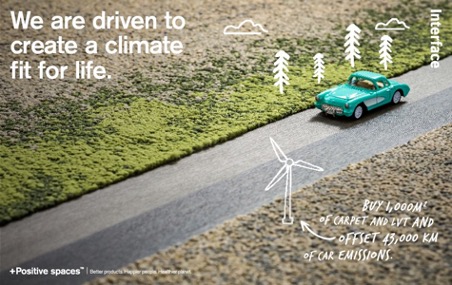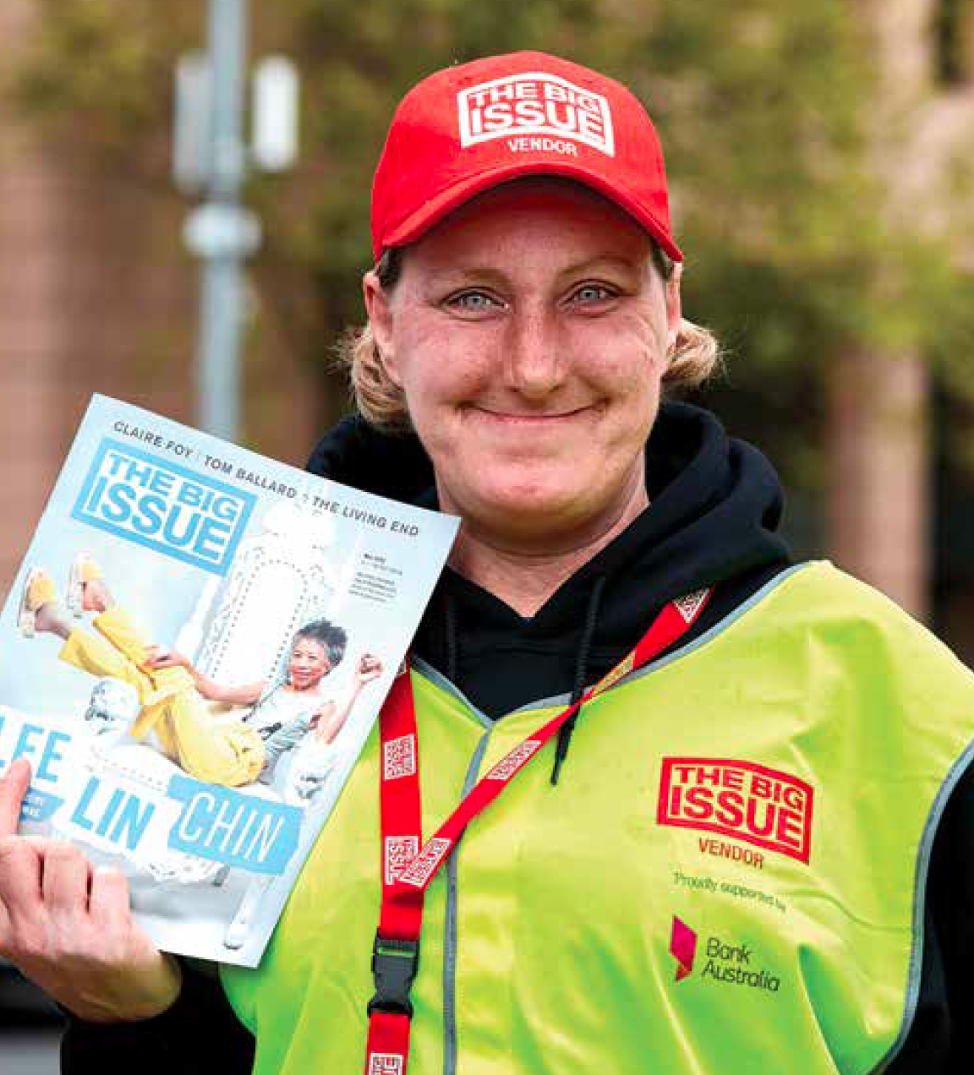A LARGE BUT COMPLEX PURSE

This is the third of four purses that non-profits & social enterprises can tap into when approaching corporates for resources & cash. Check out the previous blogs exploring purses 1 & 2.
As a reminder, the 4 purses are: 1) HR, 2) Philanthropy, 3) CSR, and 4) Marketing.
Let’s dive into the most exciting and fastest-growing purse, that of Corporate Social Responsibility.
Whilst large and growing the CSR/ESG purse is also the most complex purse of all, with multiple motivations, intriguing pockets of activity and the most inventive jargon!
It began in the 90’s as a simple, idealistic and completely optional idea – that companies should not only consider the financial bottom line, but also, their impacts on society and the environment. It was called the Triple Bottom Line (Planet, People and Profit). In the past 30 years, it’s mushroomed into a solid, essential part of doing business today.
Motivations range from addressing a negative impact, pressure from investors, activists and/or stakeholder groups, maintaining their social licence to operate, to improving reputation in the eyes of consumers, government, staff and public, and cost savings, to name a few. This purse measures societal impact as well as the achievement of commercial goals – both of equal importance.
When targeting this purse, it’s wise to do detailed research to determine the company’s position on the CSR journey and their priority and focus. Some companies – like Westpac – are well advanced, being an inspiring global leader in CSR. Other organisations are more internally focused – with activities like increasing diversity, reducing environmental footprint, energy efficiency, labour practices, ethics and governance – and may hold back before making any public declarations. If they have a CSR/sustainability report or a large part of their annual report is devoted to CSR, it’s a good sign that they’re advanced on the journey and they may be open to a public partnership with a cause, charity or non-profit.
Don’t assume all companies are doing CSR – they’re not! It could be that they’re not ready, are focused elsewhere or have minimal negative impact. Equally, they may well donate and volunteer, but don’t have a formalised CSR Strategy. Researching their company values and previous activity will help you determine if there is common ground.
It’s typically the larger, more established companies that have a substantial, well-oiled CSR program. Many new companies - founded by young, socially conscious entrepreneurs (think Atlassian) - have ‘doing good’ embedded into the very fabric of the company. If CSR is a later addition, the strategy may first be initiated by the CEO, legal or corporate affairs, and then, when it’s ready to be implemented, a specialist might be hired – usually called the Sustainability or CSR Manager.
The language is focused on targets – societal, business or UN Sustainability Development Goals. This is where you’ll find phrases like circular economy, impact investing, shared value, sustainability, ESG[1] carbon offsets, RAP[2], SDG’s[3]… the list is long.

For a great example of a global CSR success story, explore the story of carpet firm Interface one of the earliest adopters of sustainable business. Their transformational journey, Mission Zero® is truly inspiring.
A fairly new example of a great partnership in Australia, funded by the CSR (sustainability) purse, is that of Workwear Group who partnered with The Big Issue at the start of this year. Brokered by Hailey, Workwear Group (who provide uniforms for industry groups) have invested cash into a women’s employment program and are also re-designing the iconic high-vis uniforms for the magazine street sellers.

Download this infographic that provides clear details for each of the 4 purses and how to approach them. Keep an eye out for the next blog where we explore the biggest of all the purses – the Marketing purse.
Hailey Cavill-Jaspers
[1] ESG – Environment, Social & Government measures
[2] RAP – Reconciliation Action Plan
[3] Sustainable Development Goals (UN)

